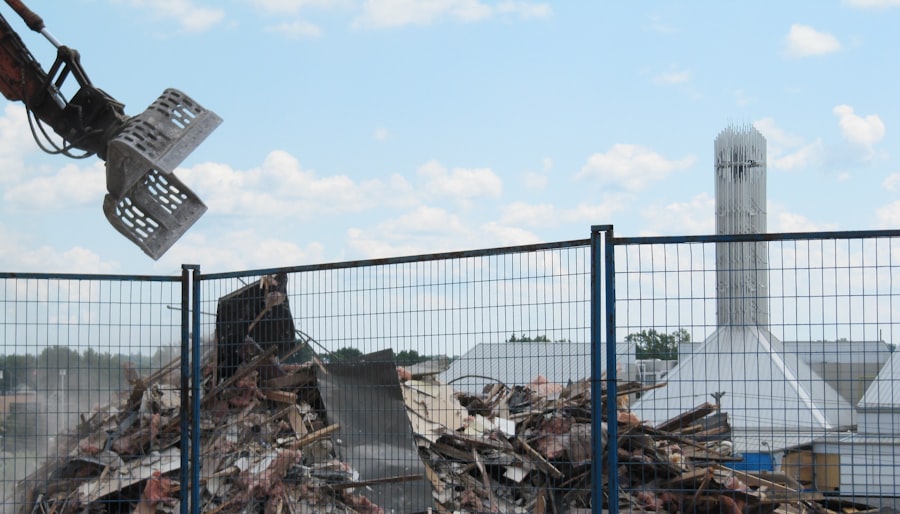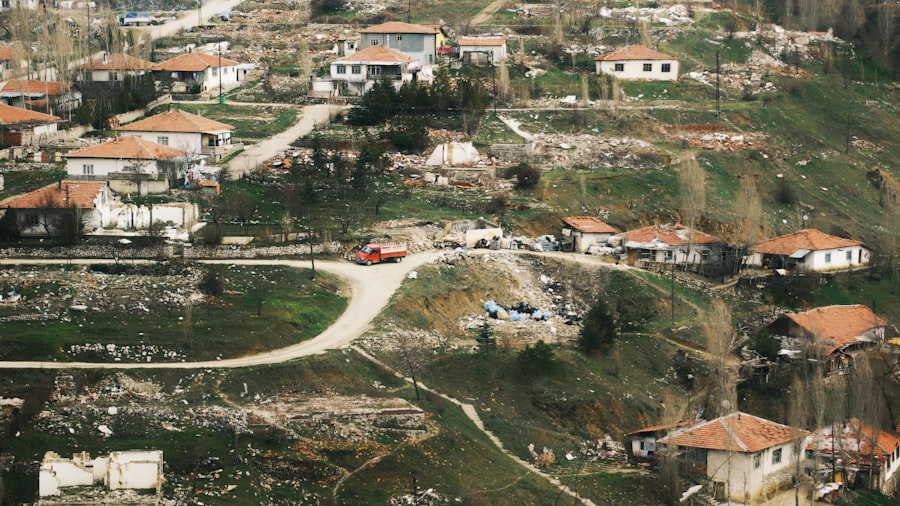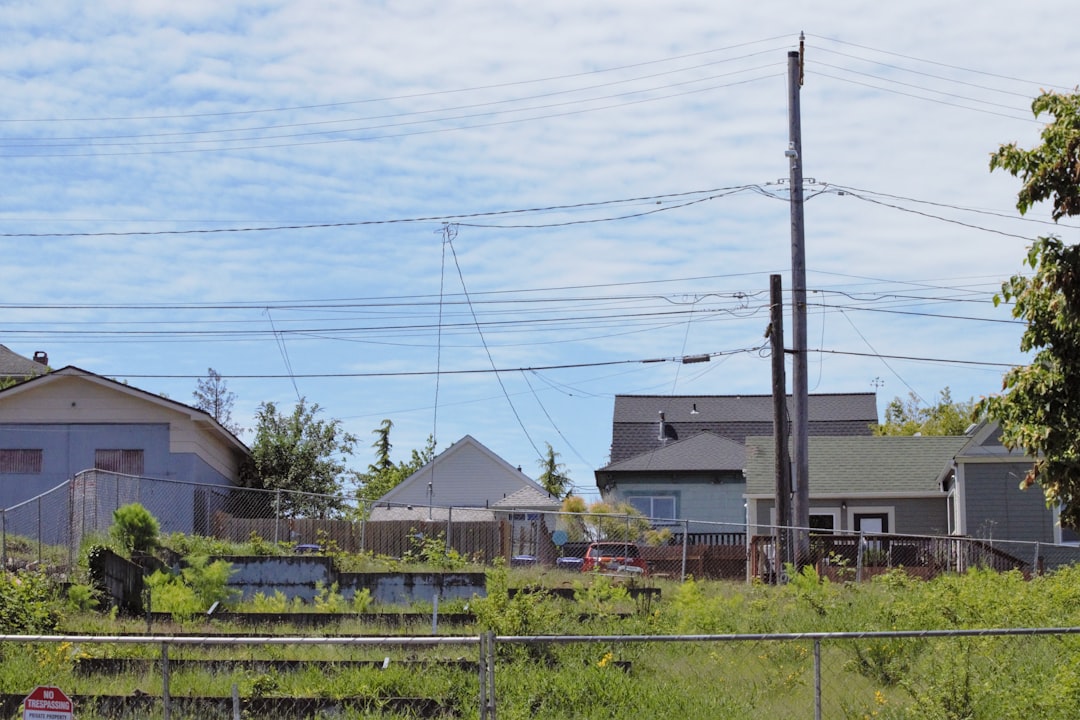Gentrification has emerged as a defining phenomenon in Brooklyn, reshaping its neighborhoods and altering the lives of its residents. This process, characterized by the influx of wealthier individuals into historically lower-income areas, has sparked a complex interplay of economic, social, and cultural changes. As new businesses open and property values rise, long-standing communities often find themselves at a crossroads, grappling with the dual forces of revitalization and displacement.
The narrative of gentrification in Brooklyn is not merely one of transformation; it is a story of resilience, resistance, and the ongoing struggle for identity in a rapidly changing urban landscape. The implications of gentrification extend far beyond the physical changes to the environment. They touch upon the very fabric of community life, raising questions about who belongs in these neighborhoods and who gets to shape their future.
As Brooklyn continues to attract attention from developers and new residents alike, understanding the nuances of gentrification becomes essential for grasping the challenges and opportunities that lie ahead for its diverse population.
Key Takeaways
- Gentrification in Brooklyn has led to significant changes in the economic, social, and cultural landscape of the borough.
- The historical context of gentrification in Brooklyn dates back to the 1960s and has been driven by various factors such as urban renewal and demographic shifts.
- Gentrification has had both positive and negative economic impacts on Brooklyn residents, including rising property values and increased cost of living.
- Socially, gentrification has led to the displacement of long-time residents and changes in the composition of Brooklyn communities.
- The cultural impact of gentrification on Brooklyn neighborhoods has resulted in the loss of local businesses and changes in the neighborhood’s character.
Historical Context of Gentrification in Brooklyn
To fully comprehend the current state of gentrification in Brooklyn, one must delve into its historical context. The borough has long been a melting pot of cultures and communities, shaped by waves of immigration and economic shifts. In the mid-20th century, many neighborhoods faced decline as industries left and jobs disappeared.
However, this decline set the stage for the eventual resurgence that would come in the late 20th century. The seeds of gentrification were sown in the 1970s and 1980s when artists and young professionals began to move into abandoned warehouses and brownstones, drawn by affordable rents and the promise of creative freedom.
This initial wave of gentrification laid the groundwork for subsequent transformations, as more affluent individuals recognized the potential of these neighborhoods. By the 1990s, Brooklyn was on the cusp of a renaissance, with areas like Williamsburg and DUMBO becoming hotspots for new development and investment. This historical trajectory illustrates how gentrification is not merely a recent trend but rather a continuation of Brooklyn’s evolving identity.
Economic Impact of Gentrification on Brooklyn Residents

The economic ramifications of gentrification in Brooklyn are profound and multifaceted.
New restaurants, boutiques, and cultural venues have opened their doors, creating jobs and stimulating economic growth.
For some long-time residents, this revitalization has brought about improvements in infrastructure and public services that were previously lacking. The promise of a more vibrant local economy can be enticing for those who stand to benefit from these changes. However, this economic uplift comes at a significant cost for many existing residents.
As property values rise, so too do rents, often leading to financial strain for those who have lived in these neighborhoods for decades. Long-time residents may find themselves unable to afford their homes or facing eviction as landlords seek to capitalize on the changing market dynamics. The stark contrast between the economic benefits enjoyed by newcomers and the struggles faced by long-standing community members highlights the inequities inherent in the gentrification process.
Social Impact of Gentrification on Brooklyn Communities
| Community | Population Displacement | Income Inequality | Access to Affordable Housing |
|---|---|---|---|
| Williamsburg | High | Increased | Decreased |
| Bedford-Stuyvesant | Moderate | Rising | Limited |
| Fort Greene | Low | Growing | Scarce |
The social fabric of Brooklyn’s neighborhoods is undergoing a transformation as gentrification takes hold. The arrival of new residents often brings with it a shift in demographics, altering the cultural landscape that has defined these communities for generations. Long-time residents may feel a sense of loss as familiar faces are replaced by newcomers who may not share their history or cultural ties to the area.
This can lead to feelings of alienation and disconnection among those who have called Brooklyn home for years. Moreover, gentrification can exacerbate social tensions between different groups within the community. As new businesses cater to wealthier clientele, long-standing establishments that served local residents may struggle to survive or be forced to close altogether.
This dynamic can create an environment where social divisions deepen, as newcomers may inadvertently contribute to the marginalization of existing residents. The challenge lies in fostering an inclusive community that honors its diverse history while embracing new opportunities for growth.
Cultural Impact of Gentrification on Brooklyn Neighborhoods
Culturally, gentrification has both enriched and threatened Brooklyn’s neighborhoods. The influx of new residents often brings fresh ideas, artistic expressions, and cultural events that can invigorate local scenes. Galleries, theaters, and music venues flourish as creative individuals seek to establish their presence in these revitalized areas.
This cultural renaissance can enhance the vibrancy of neighborhoods, attracting visitors and fostering a sense of pride among residents. However, this cultural enrichment comes with a caveat: the risk of erasure. As new developments rise and traditional spaces are repurposed or demolished, there is a danger that the unique cultural identities that have long defined these neighborhoods may be lost.
The very essence of what made these areas special can be overshadowed by commercial interests that prioritize profit over preservation. Striking a balance between celebrating new cultural contributions while safeguarding the heritage of existing communities remains a critical challenge in navigating gentrification’s impact.
Gentrification and Displacement in Brooklyn

Displacement is perhaps one of the most contentious aspects of gentrification in Brooklyn. As property values soar and rents increase, many long-time residents find themselves facing eviction or forced relocation. This phenomenon disproportionately affects low-income families and individuals who lack the financial resources to compete in an increasingly competitive housing market.
The emotional toll of displacement cannot be overstated; it uproots lives, disrupts social networks, and fractures communities that have been built over generations. The consequences of displacement extend beyond individual households; they reverberate throughout entire neighborhoods. As families are pushed out, local schools may see declining enrollment, community organizations may lose their support base, and cultural institutions may struggle to maintain their relevance.
The loss of diversity within neighborhoods can lead to homogenization, erasing the rich tapestry that has historically characterized Brooklyn’s communities. Addressing displacement requires not only policy interventions but also a commitment to preserving the voices and experiences of those most affected by gentrification.
Gentrification and the Real Estate Market in Brooklyn
The real estate market in Brooklyn has been significantly influenced by gentrification trends over recent decades. As demand for housing has surged due to an influx of wealthier residents, developers have seized opportunities to invest in properties that were once considered undesirable. This has led to a construction boom characterized by luxury condominiums and high-end retail spaces that cater to affluent buyers.
The transformation of once-neglected areas into desirable real estate hotspots has fundamentally altered the landscape of Brooklyn. However, this rapid development raises critical questions about affordability and accessibility within the housing market. While new developments may attract investment and generate tax revenue for local governments, they often do so at the expense of existing residents who are priced out of their own neighborhoods.
The challenge lies in finding solutions that balance economic growth with equitable housing policies that protect vulnerable populations from being displaced by market forces.
Resistance and Community Organizing Against Gentrification in Brooklyn
In response to the challenges posed by gentrification, many Brooklyn residents have mobilized to resist displacement and advocate for their communities. Grassroots organizations have emerged to empower local voices and promote policies that prioritize affordable housing and community preservation. These efforts often involve coalition-building among diverse groups—activists, artists, long-time residents, and newcomers—who share a common goal: to ensure that Brooklyn remains a place where all can thrive.
Community organizing takes many forms, from protests against unjust evictions to campaigns advocating for rent control measures. Residents have also sought to engage with local government officials to influence policy decisions that impact their neighborhoods. By fostering dialogue between different stakeholders, these movements aim to create inclusive spaces where diverse perspectives are valued and considered in shaping the future of Brooklyn.
Gentrification and Public Policy in Brooklyn
Public policy plays a crucial role in shaping the trajectory of gentrification in Brooklyn. Policymakers face the challenge of balancing economic development with social equity as they navigate complex issues related to housing affordability, zoning regulations, and community engagement. Initiatives aimed at promoting affordable housing development or preserving existing units are essential components of any comprehensive strategy to address gentrification’s impact.
However, implementing effective policies requires collaboration between government agencies, community organizations, and residents themselves. Engaging local voices in decision-making processes ensures that policies reflect the needs and aspirations of those most affected by gentrification. By prioritizing inclusive planning practices that consider both current residents and future growth, policymakers can work towards creating a more equitable urban environment.
Future Outlook for Gentrification in Brooklyn
The future outlook for gentrification in Brooklyn remains uncertain as various factors continue to shape its evolution. Economic trends, demographic shifts, and public policy decisions will all play pivotal roles in determining how neighborhoods adapt to ongoing changes. While some areas may continue to experience rapid gentrification, others may find ways to resist displacement through community organizing efforts or innovative housing solutions.
As Brooklyn grapples with these challenges, there is an opportunity for stakeholders to reimagine what urban development can look like—one that prioritizes inclusivity over exclusivity and fosters resilience within communities facing change. By embracing diverse perspectives and engaging in collaborative problem-solving, there is potential for creating a future where all residents can thrive amidst transformation.
The Complex Impact of Gentrification on Brooklyn
In conclusion, gentrification in Brooklyn presents a multifaceted narrative marked by both opportunity and challenge. While it has spurred economic growth and cultural revitalization in many neighborhoods, it has also led to displacement and social fragmentation for long-standing residents. Understanding this complexity is essential for navigating the ongoing changes within the borough.
As Brooklyn continues to evolve, it is imperative that all stakeholders—residents, policymakers, developers—work together towards solutions that honor both history and progress. By fostering inclusive dialogue and prioritizing equitable policies, there is hope for creating a future where Brooklyn remains a vibrant tapestry woven from diverse threads—one that celebrates its rich heritage while embracing new possibilities for all its inhabitants.
Brooklyn’s gentrification has been a topic of intense discussion and analysis, as the borough undergoes significant demographic and economic changes. A related article that delves into the broader implications of urban transformation can be found on MyGeoQuest. This piece explores how gentrification affects local communities, housing markets, and cultural landscapes, providing a comprehensive overview of the challenges and opportunities that arise from such shifts. For more insights, you can read the full article on MyGeoQuest.
WATCH THIS! The Real Cost of NYC Living: Your Wallet, Sanity, and Subway Survival Skills
FAQs
What is gentrification?
Gentrification is the process of urban renewal and the influx of wealthier residents into a previously low-income neighborhood, often resulting in the displacement of long-time residents and changes to the neighborhood’s character.
What are the causes of gentrification in Brooklyn?
Gentrification in Brooklyn is driven by factors such as rising property values, increased demand for housing in desirable neighborhoods, and the development of new amenities and infrastructure.
How has gentrification impacted Brooklyn?
Gentrification has led to the displacement of long-time residents, rising rents, changes in the cultural and social fabric of neighborhoods, and increased economic inequality.
What are some of the gentrified neighborhoods in Brooklyn?
Some of the gentrified neighborhoods in Brooklyn include Williamsburg, Bushwick, Greenpoint, and Bedford-Stuyvesant.
What are some of the challenges associated with gentrification in Brooklyn?
Challenges associated with gentrification in Brooklyn include the loss of affordable housing, the displacement of long-time residents, and the erosion of the neighborhood’s cultural identity.
What are some potential solutions to address gentrification in Brooklyn?
Potential solutions to address gentrification in Brooklyn include the implementation of affordable housing policies, community land trusts, and efforts to preserve the cultural heritage of neighborhoods.
